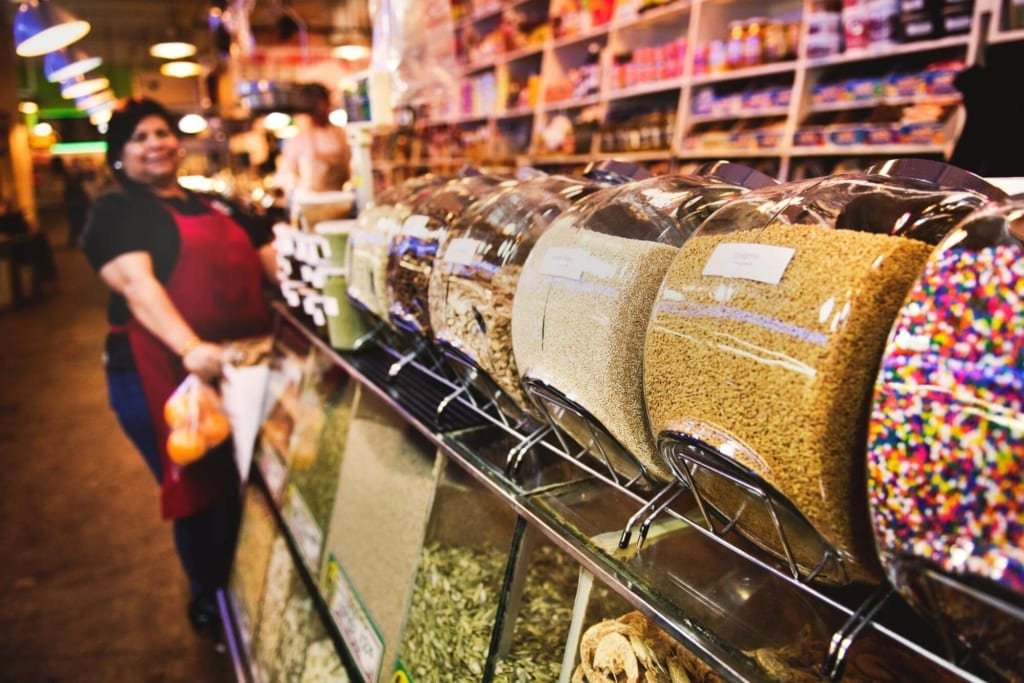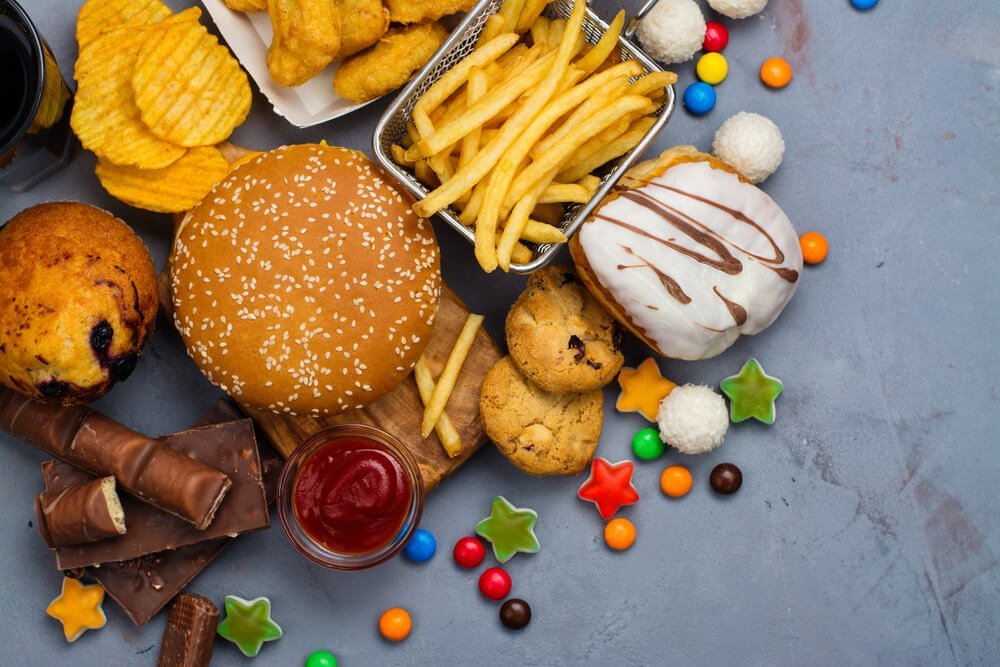In the US, there was a big drop in low-quality carb consumption between 1999 and 2016. Correspondingly, consumption of high-quality carbs increased during that period of time. Despite some improvement, Americans are still eating too much food high in low-quality carbs. According to data of a study by Tufts University in Massachusetts, almost half of the calories we consume on a daily basis come from low-quality carbs, which are devoid of nutrients for the most part.
Room for Improvement
The study covered a large amount of data over a period of 18 years and a very large representative sample of US consumers. It showed low-quality carb intake and total carb intake were actually down – by 3 percent and 2 percent respectively – but high-quality carb intake had only increased by 1 percent.
Why Can’t We Let Go?
The majority of carb consumption comes from added sugars, refined grains, and vegetables high in starch. These foods are widely available and dominate supermarket aisles despite warnings from medical and health experts to the food industry. They are cheaper and give quick energy, which is another reason they dominate our diet. They are either ready for instant consumption or very fast and easy to prepare meals from.
Although practically everyone knows that high-quality carbs are more satiating and healthier, it seems these pros fail to outweigh the cons. Before we explain, let’s clarify the difference between low- and high-quality carbs.

Refined Grains, Added Sugar, White Pasta
Products like white pasta and bread, cookies, and crackers are all examples of low-quality carbs. They are made from a very small part of the grain. This part is finely ground into flour, absorbed into the bloodstream immediately after consumption, and converted to sugar. This causes a spike in blood sugar. Over time, this can lead to obesity, heart disease, or diabetes. Other low-quality carbs include carbonated drinks, potato chips, and concentrate fruit juice.
Experts recommend replacing sodas and fruit juice made from concentrate with natural fruit juice or water, white pasta with quinoa, whole wheat couscous, or whole grain pasta, potato chips with nuts, and white bread with whole wheat bread. If you can do just one of these, it’ll still have a pronounced positive impact.
Misleading Labels
Misleading labels are another reason we continue to eat too many low-quality carbs. It is frequently the case that products labeled as healthy have a large amount of fat or sugar added to improve their taste. When reading labels, look at Total Sugars, Total Carbohydrates, and Added Sugars. Most of the sugar in low-quality carbs comes from added sugars.

Low-Quality Carbs: Front and Center at the Local Supermarket
Grocery store aisles are dominated by low-quality carbs. The cracker aisle, the bread aisle, and the cereal aisle are all rife with them. Foods on the store’s perimeter, like dairy products, fruits, vegetables, and meat normally do not contain any simple carbs, which are the low-quality kind. But be warned: now and then, there are exceptions to this rule. For example, you can have a healthy cereal mixed in with the others or yogurt that’s very high in sugar.
Complex vs. Simple Carbs
Simple carbs are digested by our bodies more easily. They stay in our digestive systems for a shorter period of time and don’t keep us feeling full long, making us prone to overeating. On the other hand, the body metabolizes complex carbs more slowly, so it takes more of an effort to break them down. This isn’t always a bad thing – these carbs are recommended to athletes and to people performing menial work or other work that requires a lot of physical strength and energy. Such people will find a soda and a big plate of white pasta very beneficial at the start of their day.
Most of us do not fall in this category because most jobs involve prolonged sitting at a desk in front of a computer.
Complex carbohydrates usually aren’t processed, because they’re in whole form. They contain a lot more nutrients, minerals, and vitamins. They also contain a lot of fiber, which reduces the risk of cardiovascular disease. They regulate gut activity and clean out our digestive tracts unlike simple carbs, which are rapidly absorbed and do almost nothing for us. Unprocessed, natural, complex carbs like vegetables, nuts, whole grains, and legumes (beans, lentils) should be part of any balanced diet. Fish is also highly recommended. Many of these foods are rich in fiber, which has been shown to reduce the risk of developing type 2 diabetes.
Another advantage of substituting foods high in sugar or saturated fat with complex, fiber-rich carbohydrates is that one consumes fewer calories.

Identifying Different Carb Types
Color or the absence of color is a great indicator when it comes to identifying different carb types. Simple carbs are white, with rice, bread, flour, sugar, and pasta being the most obvious examples. On the other hand, complex carbs are essentially devoid of color, closest to beige, like oats, bran, quinoa, and barley.
Cons of High-Quality Carbs
High-quality carbs are more difficult and time-consuming to prepare, cost more, and can cause stomach or abdominal pain. Experts recommend including them in your diet, not completely discarding the other carbs. Ideally, you should strive for a 70:30 ratio of high- to low-quality carbs.
We know this is easier said than done. As you work on reducing simple carbs for the reasons mentioned in this article, take probiotics to aid your digestive system.

Dani Fogel. is a Communication Coordinator at Brandable, based in Los Angeles, CA. She works on the Queen V brand within the company’s Digital and Ecommerce department.
We’re Still Eating Too Many Low-Quality Carbs: What Exactly Are They?
Sources

